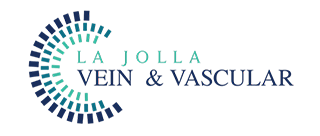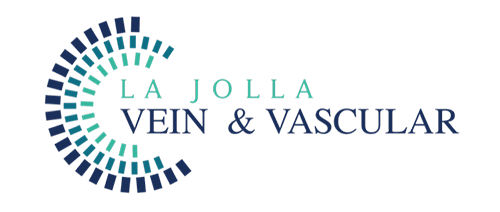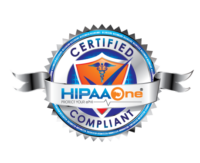What you need to know about compression stockings
LJVascular2022-07-20T13:10:20-07:00At La Jolla Vein and Vascular, we suggest patients use compression stockings for better vein health. There are a few different types to choose from listed below. But first, knowing the benefits of using compression stockings for your vein health empowers you to decide with your physician which type is best for you.












